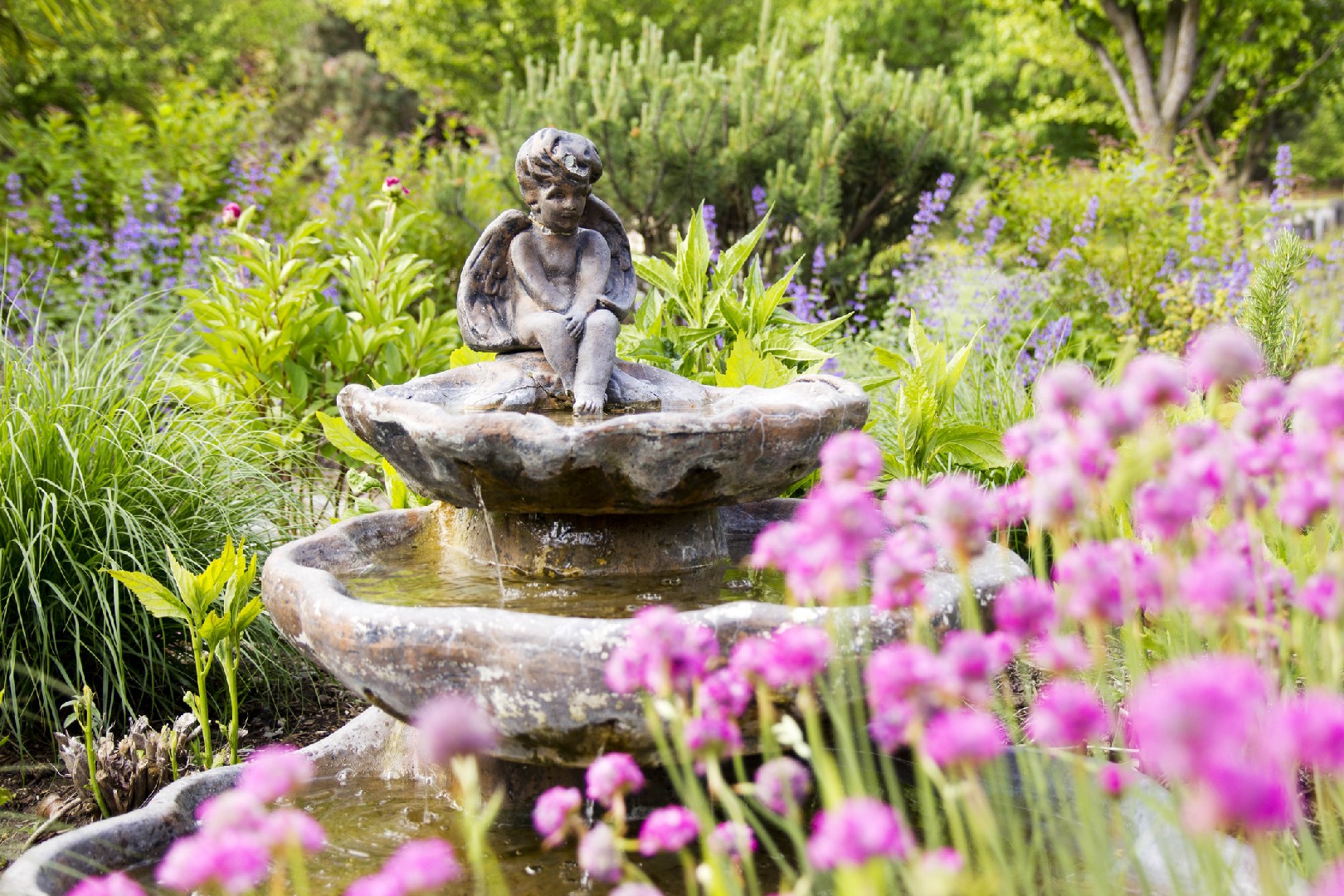![Rectangle]()
Understanding Spring Bulbs: More than Just a Burst of Color
Spring bulbs are a delight for every gardener, bringing vibrant colors and a breath of fresh air to our outdoor spaces. But they are more than just a burst of color; they offer a myriad of possibilities and benefits for the avid gardener. Understanding the different types of spring bulbs, their blooming times, colors, and weather tolerance can help you create invigorating and eye-catching displays that will impress everyone who lays eyes on them.
When it comes to spring bulbs, there is a wide variety to choose from, each with its own unique characteristics. Tulips, daffodils, hyacinths, and crocuses are some of the most common spring bulbs, and each has its own palette of colors to offer. Tulips, for example, come in a wide range of colors, from vibrant reds and oranges to delicate pinks and purples. Daffodils, on the other hand, are known for their cheerful yellow hues that can instantly brighten up any garden.
In addition to their colors, spring bulbs also differ in terms of their blooming times. Some bulbs, like crocuses, are among the first to bloom in early spring, while others, like tulips, bloom a little later. By carefully selecting a mix of bulbs with different blooming times, you can ensure a continuous display of color throughout the spring season.
Another fascinating aspect of spring bulbs is their historical significance and symbolic meanings. For centuries, these bulbs have been associated with various emotions, beliefs, and traditions. Tulips, for example, are often seen as a symbol of love and passion, while daffodils symbolize rebirth and new beginnings. Knowing the symbolic meanings behind these bulbs can add a deeper layer of meaning to your garden and make it even more special.
Aside from their aesthetic appeal, spring bulbs also offer practical benefits in gardening. One of the main advantages of spring bulbs is their longevity. These bulbs can flower for multiple years without needing to be replanted, making them a low-maintenance and cost-effective choice. Furthermore, they are also known for their ease of growth, making them suitable for both experienced gardeners and beginners.
To make the most of your spring bulbs, it is important to consider their weather tolerance. Some bulbs, like hyacinths, prefer cooler climates, while others, like daffodils, can tolerate a wider range of temperatures. By choosing bulbs that are well-suited to your climate, you can ensure their successful growth and longevity.
In conclusion, spring bulbs offer much more than just a burst of color. They are a versatile and rewarding choice for any gardener, with their vibrant colors, historical significance, and practical benefits. By understanding the different types of spring bulbs, their blooming times, colors, and weather tolerance, you can create stunning displays that will bring joy and beauty to your outdoor spaces for years to come. So why not embrace the awakening of spring and design your own invigorating spring bulb displays?





